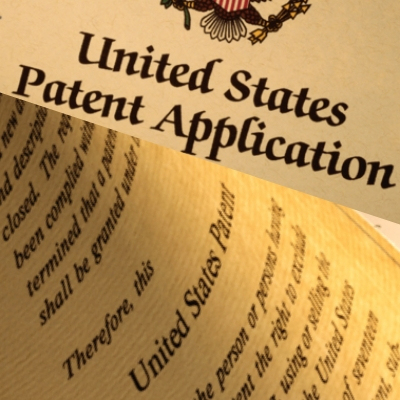 Patents represent scientific and technical documentation in which the author's invention ownership is specified. Patents translation contains elements of both technical and legal translation.
Patents represent scientific and technical documentation in which the author's invention ownership is specified. Patents translation contains elements of both technical and legal translation.
The following types of patents are most favored by requests for the translation: patent applications for inventions, industrial samples and models, drawings and formulas and also the reporting and examinations on patent disputes.
The Cases when Patent Translation is required
The translation of patents and other related documentation is required for the cooperation of the firm or the enterprise with foreign partners, clients and customers and confirmation of the patent purity.
During the registration of the patent abroad, at the filing of the application in the patent department and other cases established by the legislation its notarial translation is necessary. Notarial assurance of the translation is possible only in case of translator’s diploma confirming legitimacy in translation activity.
Features of Patents and Related Documents Translation
When performing translation, it is necessary to consider a number of its linguistic and branch features:
- The patent has precisely certain structure, including heading, the name and the description of an invention, his formula, drawings, etc. At the translation, it is necessary to consider specifics of requirements for each part. When translating heading, it is essential to emphasize an innovative component of the invention.
- Lexical features of foreign patents include abundance of parenthetical constructions, synonyms, words stamps and assessment from the first person. During the translation, it is necessary to adapt original verbal designs to the target language with the maximum maintaining sense.
- The translator has to understand the subject of the branch, maintaining branch specifics according to the requirements of the international standards. For the most high-quality technical translation, it is necessary to find authors with narrow-purpose specialization in the subject of the order.
Localization and Adaptation of Patent Translation
In translation process for optimization and improvement of quality, it is necessary to carry out feedback with the customer for verification of terminology and reliability of the received text.
- Before the accomplishment of the order, it is necessary to specify the target audience of the translated documentation for the selection of adequate lexical designs.
- information transfer in the form taken for the country of the translation with saving the contents of the original;
- maintaining structure of the original and its formatting.
- The terminology used at translating has to be relevant, adapted to features of the target language, including to the accepted reductions, set expressions, etc.
- The translator has to deal with principles of the legal legislation regarding interaction with patents.
Requirements to the Translator
Translation of the patents and related documentation has to be carried out only by certified linguists with knowledge of documentation subject specifics. The translation by a certified technical specialist with language knowledge is also possible. Knowledge of legal aspects and requirements for documentation is obligatory. The translation has to be guided by technical translation standards, standards for professional translators ISO 17100 and European standard EN 15038.
The Advantages of the TranslatorsAuction Internet-platform
The website TranslatorsAuction.com represents more than the translators exchange on a competitive basis. It provides the unique opportunity to conduct the ruled auction: preliminary testing, cross assessment by potential authors the works of the other applicants, ranging the results of the tests according to the points gained by "blind" assessment. The conditions allow the customer to choose the option, which is the most suitable for his requirements in compliance with the ratio suggested price – points of the general rating.
Detailed information about the possibility of the choice of the translator and the publication of the order you can read on pages «How to Choose the Translator» and «How to Place the Order».
